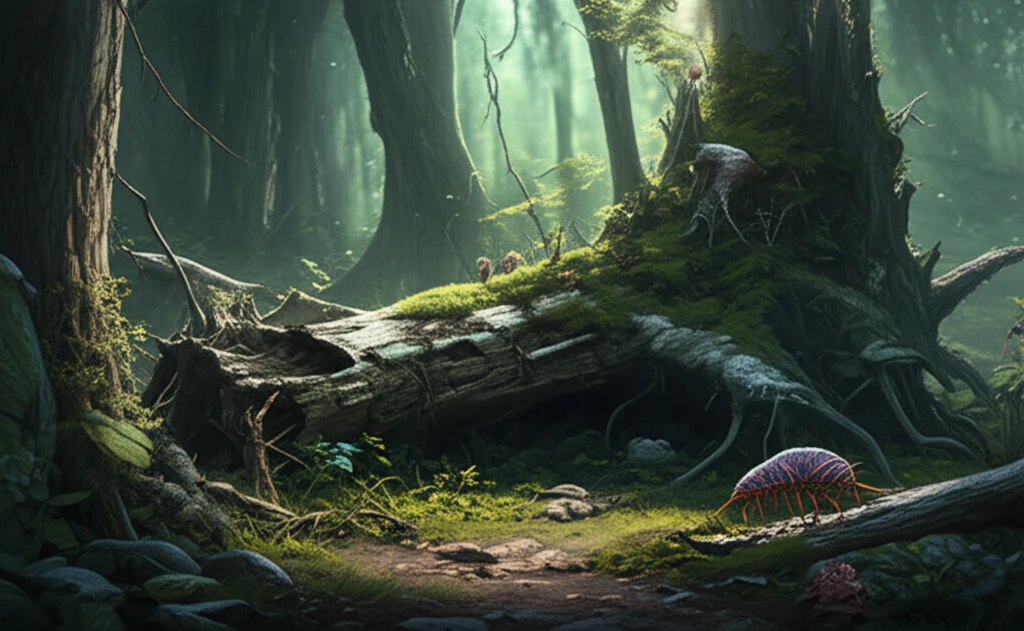
Emerald Ash Borer's Aftermath: How Dead Trees Reshape Forest Ecosystems
"A deep dive into how the emerald ash borer transforms forests, affecting everything from ground beetles to overall biodiversity."
Biological invasions are dramatically reshaping ecosystems worldwide, causing widespread economic and ecological changes. Understanding these impacts is crucial, especially in forests facing threats from invasive species that trigger significant direct and indirect effects on community dynamics and ecosystem processes. One such invader is the emerald ash borer (EAB), Agrilus planipennis Fairmaire, an insect native to Southeast Asia that has devastated North American forests.
Since its accidental introduction and establishment in southeastern Michigan in the early 1990s, the EAB has killed hundreds of millions of ash trees (Fraxinus spp.). In areas surrounding the initial invasion sites, forests have experienced nearly complete ash mortality. This widespread death of ash trees has far-reaching consequences, influencing forest structure, function, and ecological succession.
The rapid die-off of ash trees due to EAB leads to increased canopy gaps and a greater accumulation of coarse woody debris (CWD)—fallen logs and large branches—on the forest floor. These changes alter the forest environment by modifying light availability, soil temperature, and moisture levels. While canopy gaps can change microclimates, the increase in CWD provides new habitats and resources for many species, especially forest floor invertebrates.
Decaying Wood: A Boost for Forest Biodiversity

The increase in CWD significantly alters forest ecosystems, providing crucial resources and habitats for numerous forest floor invertebrates. These creatures utilize the downed wood for food, shelter, and breeding sites. As the wood decays, it enriches the soil and changes the dynamics of the local ecosystem. The type of invertebrate that benefits depends greatly on the stage of decay of the wood.
- Minimal Canopy Impact: The research found that canopy gaps had minimal impact on invertebrate communities in the late stages of ash mortality. This is likely because the gaps had already begun to close as other trees and vegetation grew to fill the space.
- CWD is King: The accumulation and decomposition of CWD had a significant effect. Invertebrate activity, abundance, evenness, and diversity were highest near minimally decayed logs.
- Moisture Matters: Soil moisture played a crucial role, often mediating how invertebrates responded to CWD and its various stages of decomposition.
- Species-Specific Responses: The effects of CWD varied among different invertebrate taxa, influencing overall community composition.
Implications for Forest Management
This research highlights the critical role of CWD in maintaining biodiversity within forests affected by invasive species. Forest management strategies should consider the importance of preserving a variety of decay stages in woody debris to support diverse invertebrate communities. Understanding these ecological dynamics can aid in mitigating the impacts of invasive species and promoting healthier, more resilient forest ecosystems. After all, even in death, trees continue to give back to the forest they once called home.
